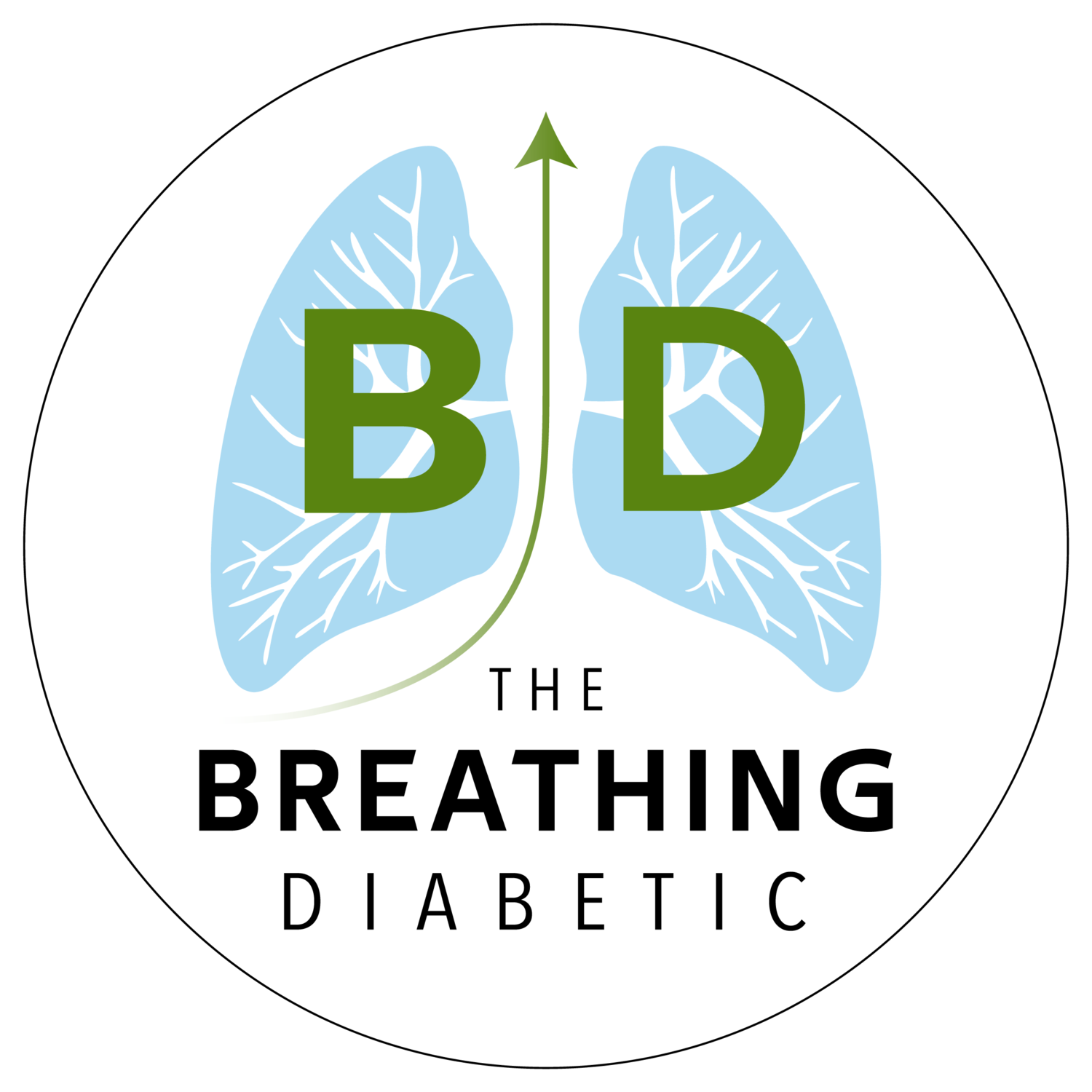Listen Instead of Reading
If you enjoy listening, you can subscribe to the audio version on Spotify, Apple Podcasts, and Audible so you don’t even have to look at the email 😊
Reading Time: 1 min 43 sec
I hope the next 26’ish breaths are the most nourishing of your day.
4 THOUGHTS
1. An Affirmation of Life
“Breath is life. It sustains us and it is an expression of the life force within us. The fact that we are breathing is an affirmation of life.”
- Yogani, Spinal Breathing Pranayama
This is just a beautiful reminder: “The fact that we are breathing is an affirmation of life.” 👏
2. Not You: A Great Truth You Should Know about Yourself
“The first thing to remember is that the truth about anxiety and worry, even about panic, is that they are not you. They are actually only conditions that flow in and out of the present moment. Confusion arises when the intensity of these conditions leads you to begin to identify with them and become lost in a reaction to them.”
- Jeffrey Brantley, MD, Calming Your Anxious Mind
This is a primary goal of living mindfully: To recognize that emotions aren’t us, only conditions flowing in & out of the present moment.
Of course, we’ll never be perfect, but even small steps in recognizing this truth will significantly improve our well-being.
3. Kryptonite & Why Slow Breathing Complements Mindfulness Perfectly
“Attention is fragile. It can be rapidly depleted under certain circumstances…When we experience stress, threat, or poor mood—the three main things I call ‘kryptonite’ for attention—this valuable resource is drained.”
- Amishi Jha, Ph.D., Peak Mind
This is why combining slow breathing with mindfulness, or doing it just before meditation, is so powerful.
It counteracts these “attention kryptonites:” It reduces stress, improves mood, and quiets the threat regions of the brain. These changes make mindfulness more accessible physiologically.
4. Humor is an Essential Part of Life
“Humor opens closed hearts.
Humor can free us from the grip of our thoughts.
When we smile, we feel we can accept things we previously could not.
We feel we can forgive those who have wronged us.
Humor is an essential part of life.”- Haemin Sunim, The Things You Can See Only…
Just a reminder to seek out humor this week, as laughing will always be the most therapeutic breathing exercise.
1 Quote
“The one important thing I have learned over the years is the difference between taking one’s work seriously and taking one’s self seriously. The first is imperative and the second is disastrous.””
1 Answer
Category: Breathing Muscles
Answer: Although the diaphragm is thought to be primarily a breathing muscle, there is evidence that it plays a critical role in preventing this.
…
(Cue the Jeopardy! music.)
…
Question: What is acid reflux?
In good breath,
Nick Heath, T1D, PhD
“Breathing is the compound interest of health & wellness.”
P.S. “flight sacramento receipt 2023”
Upcoming Workshops
Saturday, December 16:
Saturday, December 30:
Coaching
Amazon Associate Disclosure
I’ve been recommending books for almost 6 years. Yet somehow, I just discovered that I could be an Amazon affiliate [face-palm]. In any case better late than never. Now, any Amazon link you click is an affiliate link. As an Amazon Associate, I earn from qualifying purchases. So, if you’d like to support my work, buying books through these links is helpful : )
* An asterisk by a quote indicates that I listened to this book on Audible. Therefore, the quotation might not be correct, but is my best attempt at reproducing the punctuation based on the narrator’s pace, tone, and pauses.




